Preserving and promoting the beauty of traditional festivals
With approximately 8,000 festivals held across the country, these events are not only an occasion to honour the contributions of the past generations but also serve as a means of strengthening community bonds and preserving national identity.
However, the organisation and awareness of festival participation still have many limitations and shortcomings that need attention. Preserving and promoting the beauty of festivals in a civilised and sustainable manner is not only the responsibility of management agencies but also requires the collective effort of every citizen.
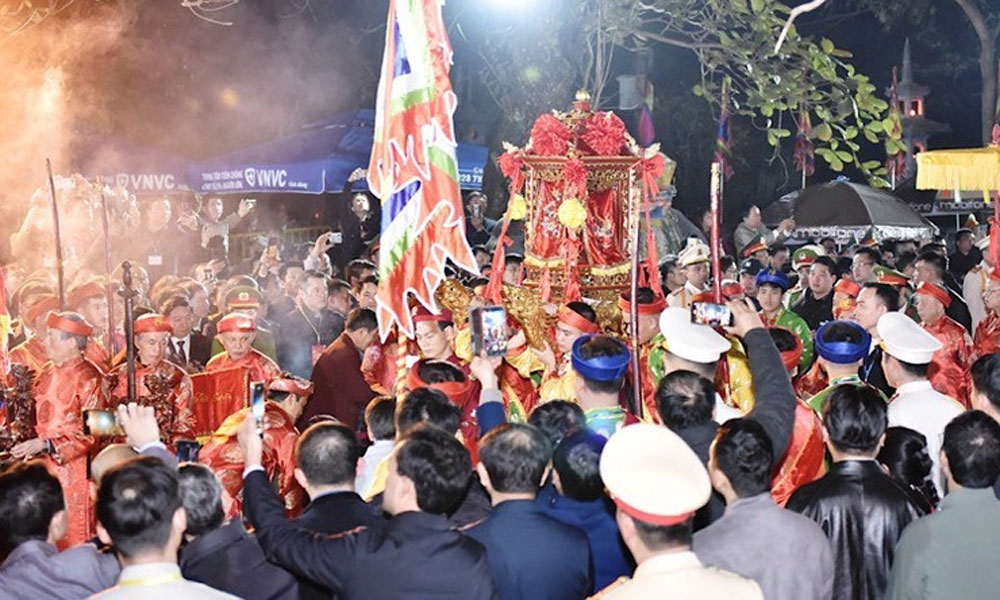 |
|
Palanquin procession at the Tran Temple in Nam Dinh. |
According to statistics from the Department of Grassroots Culture (under the Ministry of Culture, Sports, and Tourism), there are currently nearly 8,000 festivals nationwide, of which more than 7,000 are traditional.
Most festivals, from national-level events to those at the village level, are held with solemnity and reverence, demonstrating gratitude and respect for national heroes who contributed to national construction and defence.
On the morning of February 3 (the 6th day of the first Lunar New Year), the Huong (Perfume) Pagoda Festival, one of the largest festivals in the country, was officially inaugurated. On the festival’s first day, thousands of people and visitors came to explore, pay respects, and offer prayers.
Many visitors shared that the Yen Stream boat dock no longer experiences overcrowding or aggressive solicitation this year. Boats are neatly arranged for picking up and dropping off passengers.
Each is equipped with sunshades, free drinking water, and trash bins. The organisers have integrated e-tickets for scenic spots and boat rides, making it very convenient for visitors.
According to the organising committee, this year’s Huong Pagoda Festival will have between 3,800 and 4,500 boats transporting visitors. These boats are fully equipped with seats, trash bins, life jackets, flotation devices, and umbrellas for sun and rain protection.
Additionally, the organisers have installed a ticket control system using advanced technology, decorated the area with lighting systems, and set up surveillance cameras and Wi-Fi at the boat dock checkpoints.
The organising committee of the Tran Temple Festival in Tien Duc Commune (Hung Ha District, Thai Binh Province) has made thorough preparations.
Accordingly, the festival will take place over five days (from February 10-14, corresponding to the 13th-17th day of the lunar calendar) at the Special National Relic Site of the Mausoleum and Temple dedicated to the Tran Dynasty Kings.
The festival is organised on a provincial scale, featuring traditional rituals such as the temple opening ceremony, incense offering at the mausoleum of the Tran Kings, a water procession, the opening ceremony, and the solemn tribute ceremony.
The festival also includes various activities such as banh chung (square glutinous rice cake) making contest, clay cannon contest, traditional fish dish contest, Vietnam Poetry Day celebration, betel nut carving contest, ball wrestling game, Cheo (Vietnamese traditional opera) club exchange, fire-making competition for rice cooking, tug-of-war contest, and hat van (spiritual singing) festival.
The organising committee has also arranged for medical teams and emergency response units to be on standby, strengthened food safety inspections, and required restaurants and lodging establishments to set reasonable prices, publicly list them, and support visitors while improving service quality.
In addition to the Huong Pagoda Festival and the Tran Temple Festival in Thai Binh Province, Vietnam hosts many other major festivals that attract large numbers of visitors, such as the Hung Kings Temple Festival (Phu Tho Province), Yen Tu Festival (Quang Ninh Province), Ba Den (Black Lady) Mountain Festival (Tay Ninh Province), and the Ba Chua Xu (Holy Mother of the Realm) Festival at Sam Mountain (An Giang Province).
Each festival has its own unique character, contributing to the nation's diverse cultural landscape.
According to cultural researchers, the management and organisation of festivals in recent years have strictly followed the regulations of the Party and the State.
Many festivals have seen positive changes, eliminating superstitious practices, gambling, and the unauthorised distribution of printed materials. The process of socialisation has contributed to the preservation of historical sites and traditional customs while serving the community.
The ceremonial aspects of the festivals have been conducted solemnly and sacredly. The festive activities have been rich, engaging, and carefully curated to highlight the beauty of national culture in a progressive and positive manner.
Traditional cultural, sports, and artistic activities reflect the spirit of honouring national origins, preserving and promoting cultural heritage values. These festivals educate about patriotism, love for the homeland, and national pride, providing community bonding and cohesion.
The Ministry of Culture, Sports, and Tourism has issued various regulations on the organisation of the festivals, including a set of criteria for the cultural environment in traditional festivals. However, the effectiveness of implementation remains low.
The primary reasons include weak enforcement measures, an insufficient number of inspectors, and inspections that are sometimes merely formalities. To manage festivals effectively, stricter measures must be applied, and violations must be strictly dealt with.
Festivals are not only cultural activities but also an indispensable part of the Vietnamese people’s spiritual life. However, preserving a festival’s traditional beauty requires joint efforts from the authorities and the people. Every civilised act and every wise management decision will help restore festivals to their sacred values and traditional beauty.
 Bắc giang
Bắc giang
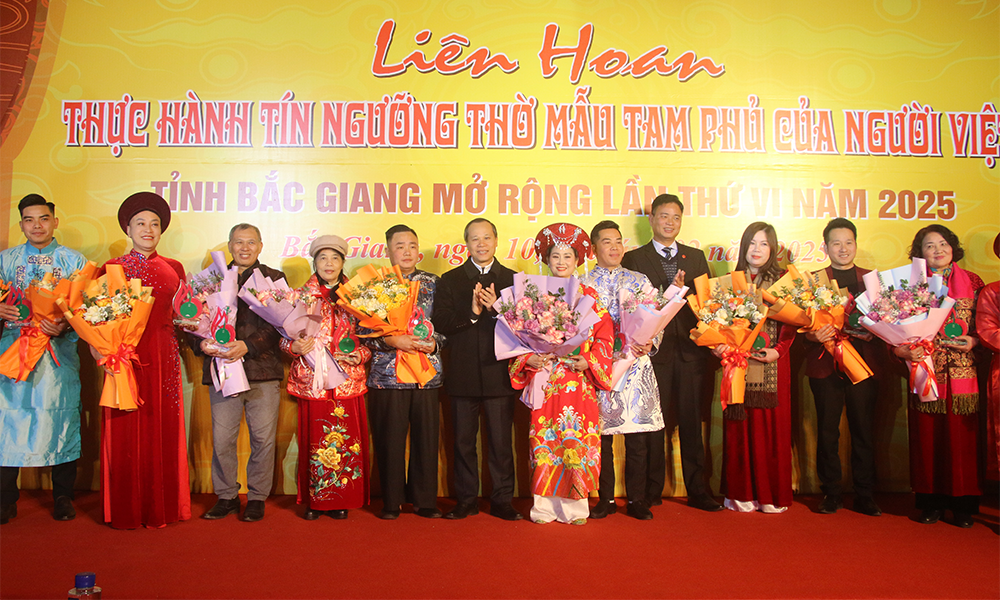
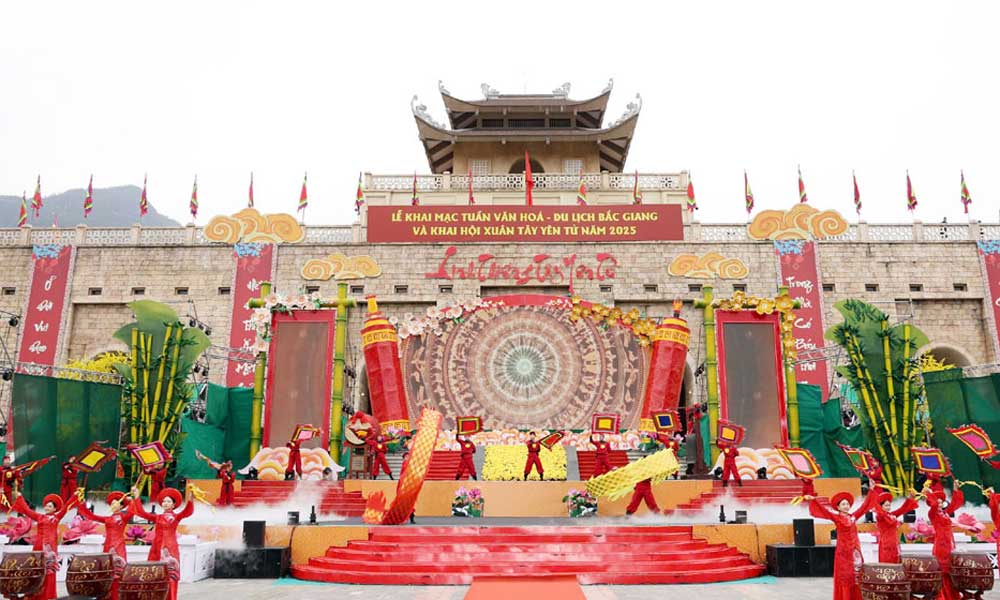


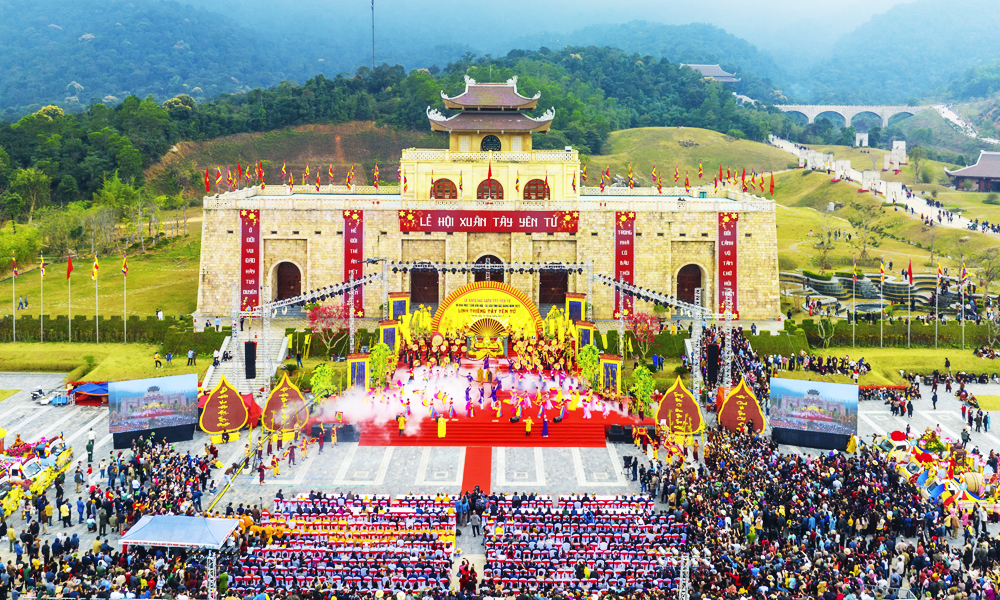

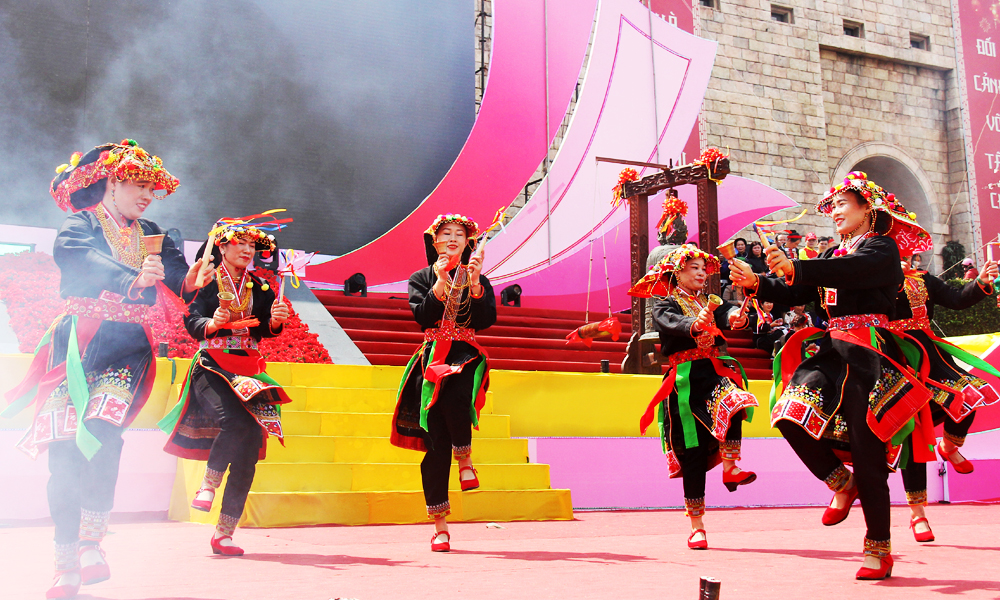

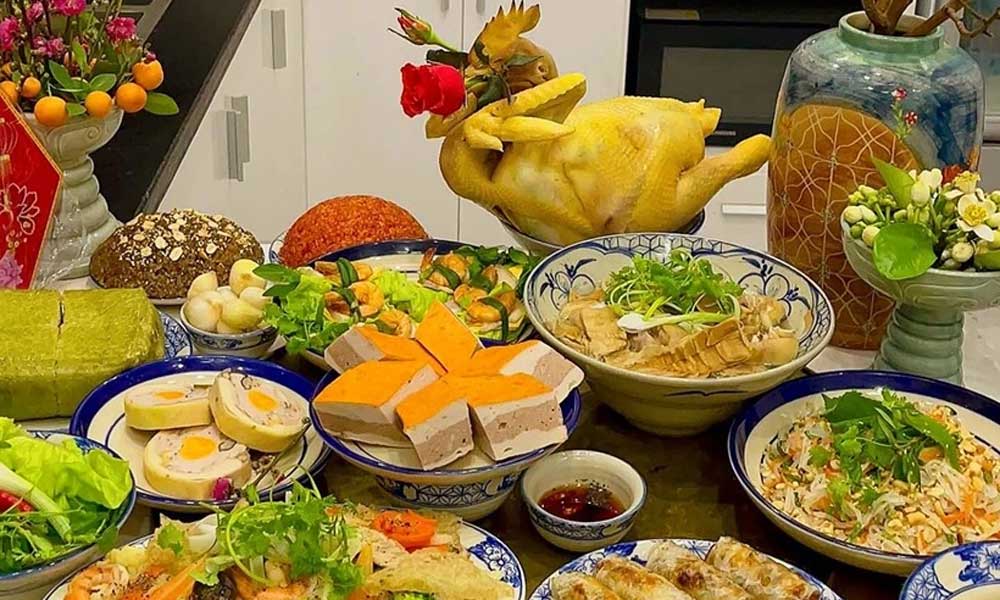
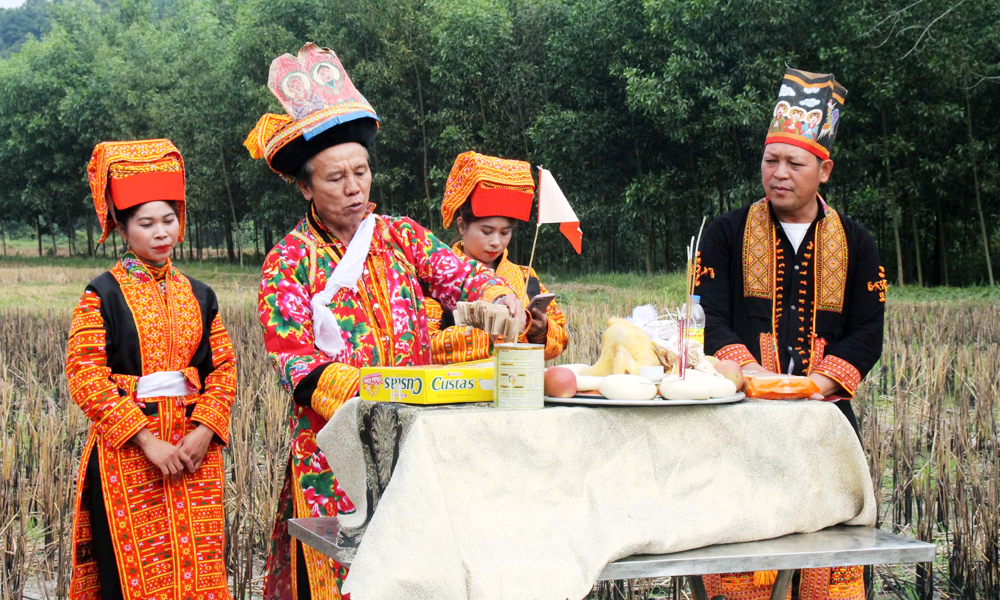
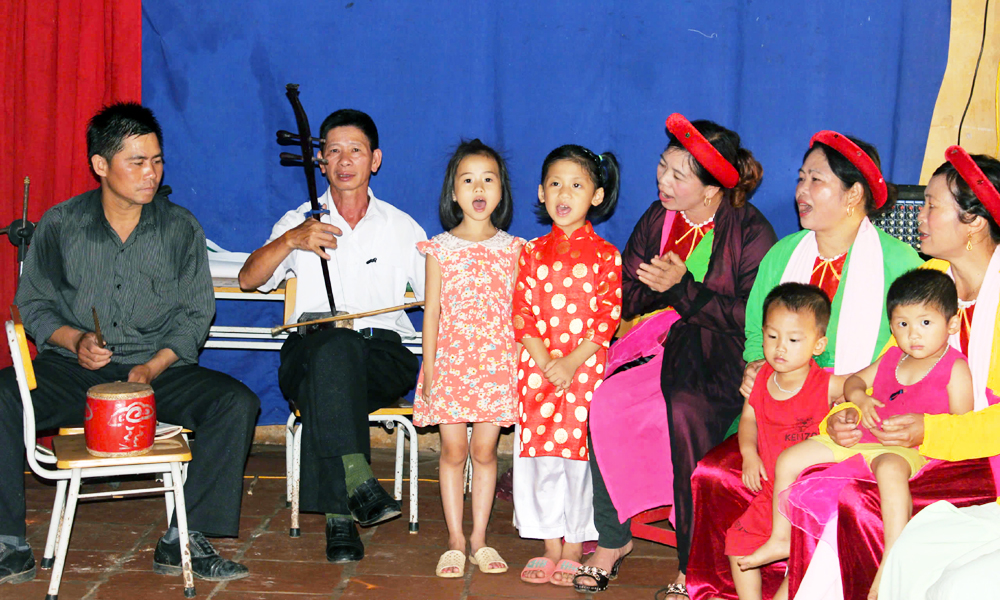



Reader's comments (0)